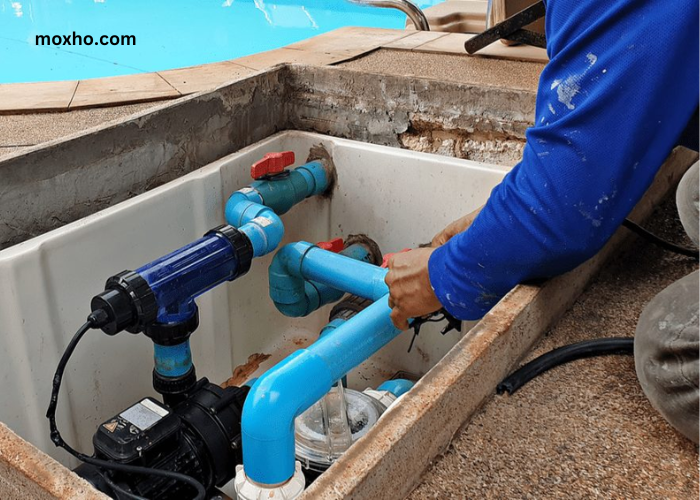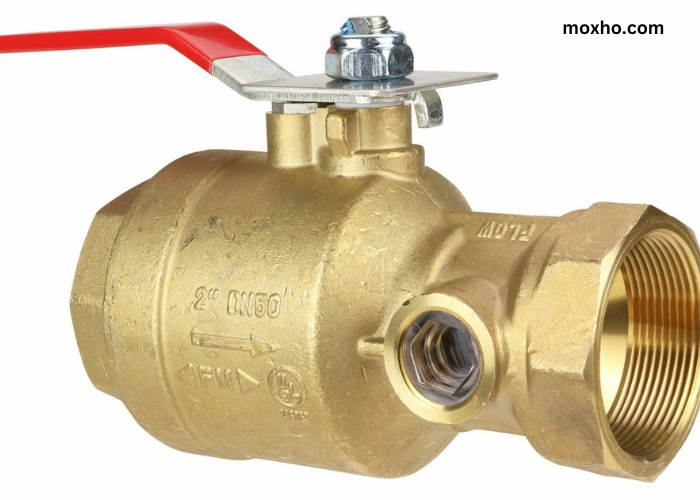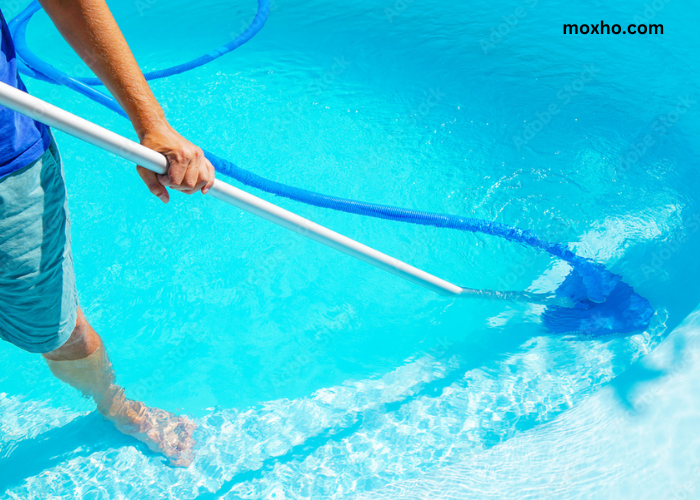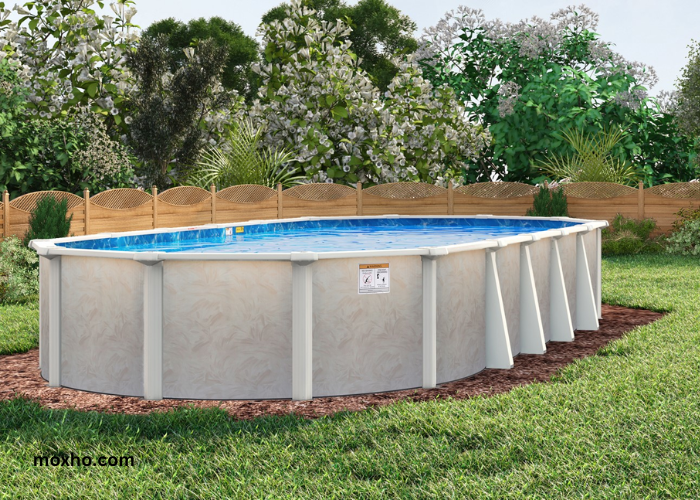Having an above-ground pool in your backyard can be a great source of enjoyment during the summer months. However, there may come a time when you need to empty and clean your pool. Whether for routine maintenance or preparing for the off-season, emptying your above-ground pool is an essential task that requires careful planning and execution. In this article, we will guide you through opening your above-ground pool step-by-step while also providing critical safety precautions and maintenance tips.
Preparing Your Pool for Draining
Before you begin the process of emptying your above-ground pool, it’s crucial to prepare the collection and its surroundings properly. Start by removing any accessories or equipment from the pool, such as ladders, skimmer baskets, and pool covers. This will make the draining process easier and prevent damage to these items.
Next, check the pool’s water level. It’s essential to drain the pool when the water is at an appropriate level. If the water is too high, it may overflow during the draining process and cause flooding in your yard.
On the other hand, if the water level is too low, it can damage the pool’s pump and filtration system. Aim to have the water level at around two-thirds full before proceeding with the draining process.
Step-by-Step Guide on How to Empty an Above-Ground Pool
Now that your pool is prepared correctly, it’s time to start emptying it. Here is a step-by-step guide to help you through the process:
- Turn off the pool’s filtration system: Before draining the pool, turn off the filtration system to prevent any damage to the pump. This can usually be done by flipping a switch or turning a valve.

- Connect a drainage hose: Attach a drainage hose to the pool’s drainage outlet. Ensure the hose is long enough to reach a suitable drainage area, such as a sewer drain or a designated pool drainage area.
- Open the drainage valve: Open the drainage valve to allow the water to flow out of the pool. Be cautious of the water pressure and adjust the valve accordingly to prevent any splashing or flooding.

- Monitor the draining process: Keep an eye on the drainage process to ensure everything goes smoothly. If you notice any issues, such as a clogged hose or slow drainage, address them promptly to prevent further complications.
- Clean the pool: While the collection is draining, take the opportunity to clean the pool‘s walls, floor, and any remaining debris. This will make the cleaning process more accessible once the collection is empty.

- Close the drainage valve: Once the pool is empty, close the drainage valve and detach the hose. Store the hose in a safe place for future use.
Safety Precautions
Emptying an above-ground pool may seem like a straightforward task, but it’s essential to prioritize safety throughout the process. Here are some necessary precautions to keep in mind:
- Electricity: Ensure that all electrical equipment, such as the pool’s filtration system, is turned off before draining. This will prevent any risk of electric shock.
- Slippery surfaces: Be cautious of slippery surfaces around the pool area. Wet feet and surfaces can increase the risk of slips and falls. Use non-slip footwear and consider placing mats or towels on the ground for added safety.
- Chemical exposure: Pool water may contain chemicals such as chlorine or algaecides. Avoid direct contact with the water and wear protective gloves if necessary. Additionally, be mindful of the environmental impact of pool water and avoid draining it into natural bodies of water.
Conclusion
Emptying an above-ground pool is an essential task for maintenance and preparing for the off-season. By following the step-by-step guide and safety precautions outlined in this article, you can ensure a smooth and successful draining process. With proper care, your above-ground pool will provide years of enjoyment for you and your family.
